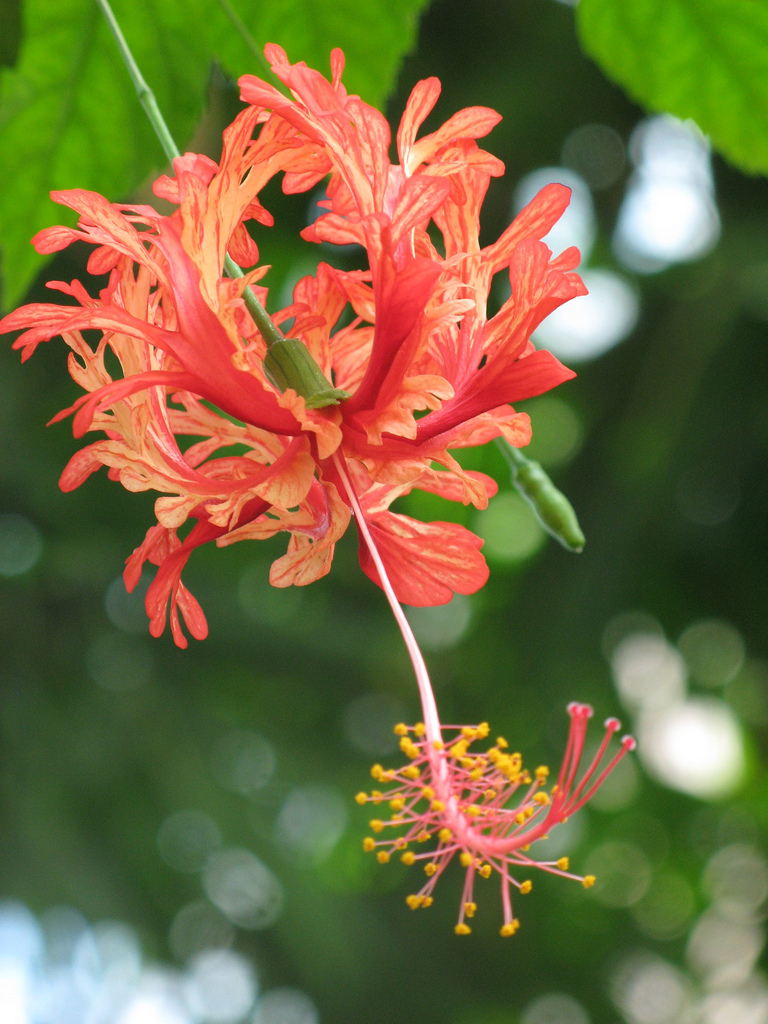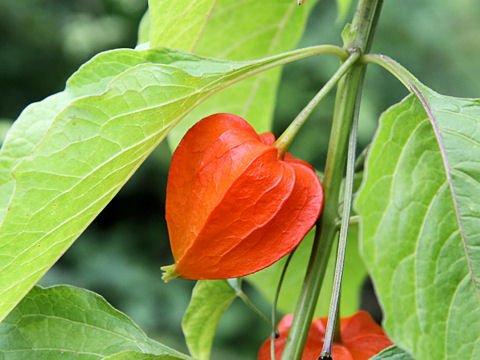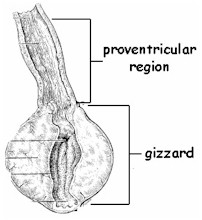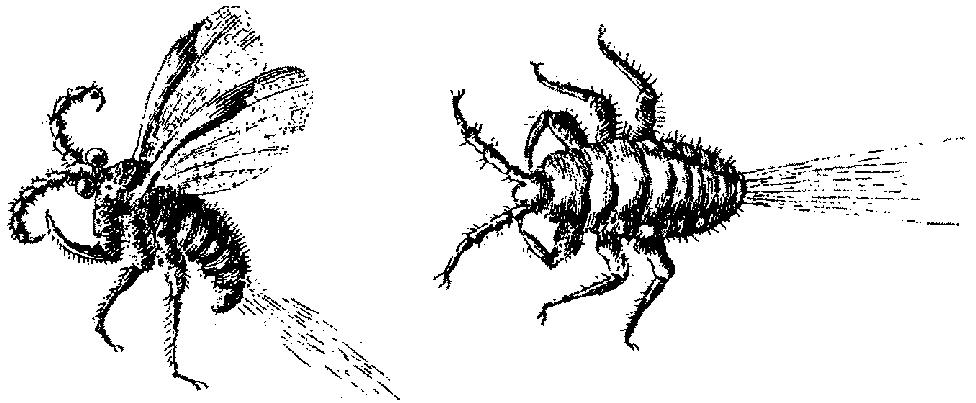Marx SO, Reiken S, Hisamatsu Y, Gaburjakova M, Gaburjakova J, Yang YM, Rosemblit N, Marks AR. Phosphorylation-dependent regulation of ryanodine receptors: a novel role for leucine/isoleucine zippers. J Cell Biol. 2001 May 14;153(4):699-708. doi: 10.1083/jcb.153.4.699. PMID: 11352932; PMCID: PMC2192391.
Abstract Ryanodine receptors (RyRs), intracellular calcium release channels required for cardiac and skeletal muscle contraction, are macromolecular complexes that include kinases and phosphatases. Phosphorylation/dephosphorylation plays a key role in regulating the function of many ion channels, in
Heparin-induced thrombocytopenia (HIT) is the development of thrombocytopenia (a low platelet count), due to the administration of various forms of heparin, an anticoagulant. HIT predisposes to thrombosis (the abnormal formation of blood clots inside a blood vessel).
When thrombosis is identified the condition is called heparin-induced thrombocytopenia and thrombosis (HITT). HIT is caused by the formation of abnormal antibodies that activate platelets, which release microparticles that activate thrombin, leading to thrombosis. If someone receiving heparin
Cyanamide notes (it was a polio vaccine that spurred these notes and by now polio has five mentions on the page and these are two of them)
I’m going to add some polio vaccine stuff at the top of these notes. Hilary Koprowski is the one mentioned on the Polio Hall of Fame page who was not included in the hideous monument, see What In God’s Name, even though he (and his work) have direct connection to those who are included.
Adenosine deaminase deficiency (ADA deficiency) was discovered in 1972 and recognized as the first immunodeficiency disorder
Adenosine deaminase deficiency (ADA deficiency) is a metabolic disorder that causes immunodeficiency. It is caused by mutations in the ADA gene. It accounts for about 10–15% of all cases of autosomal recessive forms of severe combined immunodeficiency (SCID) among non-inbred populations
Hibiscus schizopetalus aka Japanese lantern is a species of Hibiscus
Hibiscus schizopetalus is a species of Hibiscus native to tropical eastern Africa in Kenya, Tanzania and Mozambique. Its common names include fringed rosemallow, Japanese lantern, coral hibiscus, and spider hibiscus. Description Hibisc
Alkekengi aka Chinese lantern is a species of flowering plant in the nightshade family
Scientific classification Kingdom: Plantae Clade: Tracheophytes Clade: Angiosperms Clade: Eudicots Clade: Asterids Order: Solanales Family: Solanaceae Subfamily: Solanoideae Tribe: Physaleae Genus: AlkekengiMill. Species: A. officinarum Binomial name Alkekengi officinarumMoench Alkekengi offici
The lactating birds and the bees (gastrin, pepsin, etc)
Crop milk is a secretion from the lining of the crop of parent birds that is regurgitated to young birds. It is found among all pigeons and doves where it is referred to as pigeon milk. An analog to crop milk is also secreted from the esophagus of flamingos and the male emperor penguin. D
Red Horn (Hešucka) aka He Who Wears (Man) Faces on His Ears and Big Boy…and Werebirds
Red Horn is a culture hero in Siouan oral traditions, specifically of the Ioway and Hocąk (Winnebago) nations. He has different names. Only in Hocąk literature is he known as “Red Horn” (Hešucka), but among the Ioway and Hocągara both, he
Gorget patches are an insignia in the form of paired patches of cloth or metal on the collar of a uniform…just about everywhere
Gorget patches (collar tabs, collar patches) are an insignia in the form of paired patches of cloth or metal on the collar of a uniform (gorget), used in the military and civil service in some countries. Collar tabs sign the military rank (group of ranks), the rank of civil service, the mi
Erwin Gohrbandt, one of the first surgeons to perform sex reassignment surgery and vice president of the Berlin regional association of the German Red Cross
Erwin Gohrbandt (1890 – 1965) was a German surgeon and university teacher. He was one of the first surgeons to perform sex reassignment surgery. Gohrbandt served as vice president of the Berlin regional association of the German Red Cross. He was also a member of the German Olym
Aetokthonotoxin (AETX) aka ‘eagle toxin’ discovered in 2021
Aetokthonotoxin (AETX), colloquially ‘eagle toxin’, was discovered in 2021 as the cyanobacterial neurotoxin causing vacuolar myelinopathy (VM) in eagles in North America. Avian vacuolar myelinopathy (AVM) is a fatal neurological disease that affects various waterbirds and rapt
Polish Cochineal (Porphyrophora polonica)
Polish cochineal (Porphyrophora polonica), also known as Polish carmine scales, is a scale insect formerly used to produce a crimson dye of the same name, colloquially known as “Saint John’s blood”. The larvae of P. polonica ar











